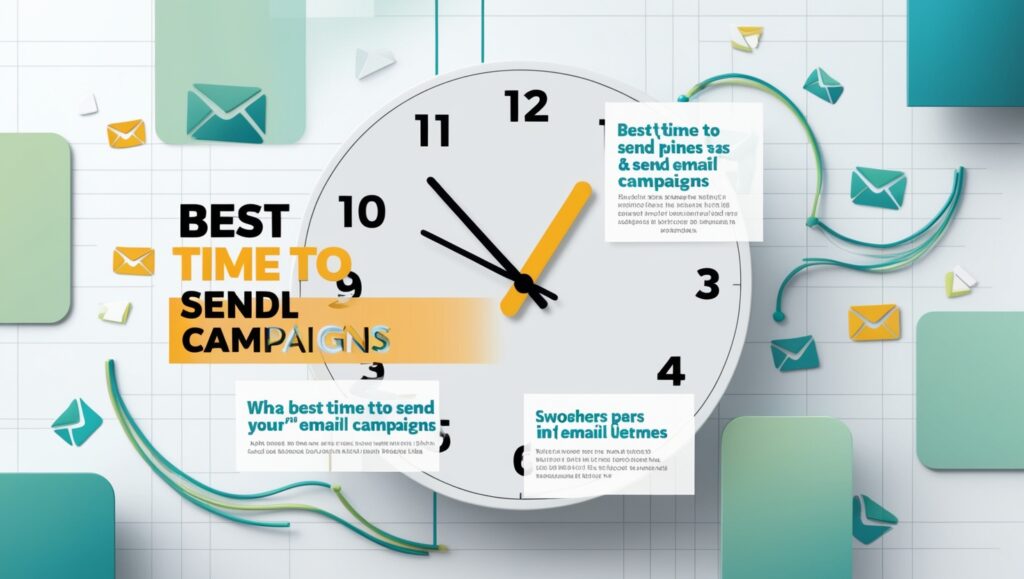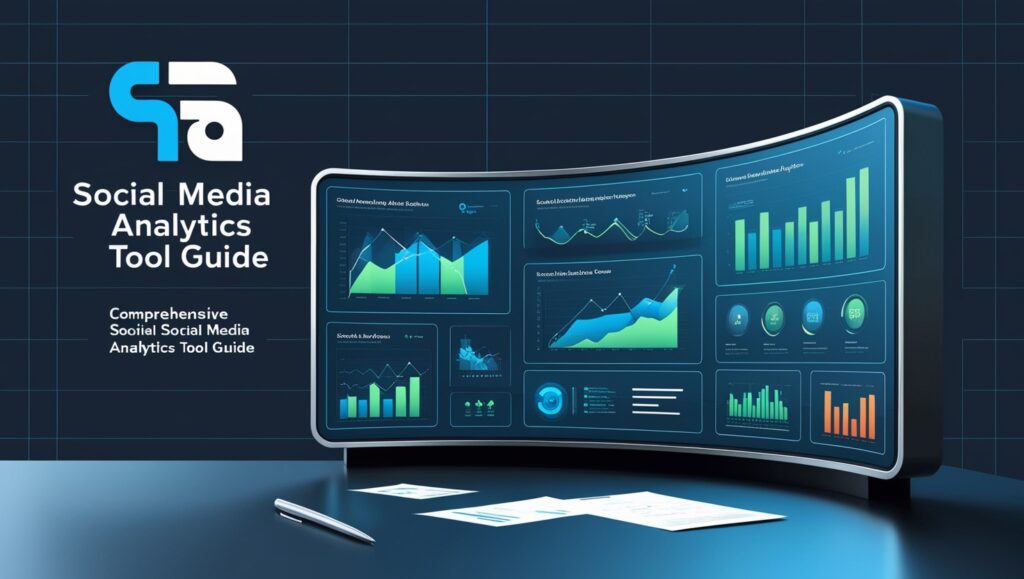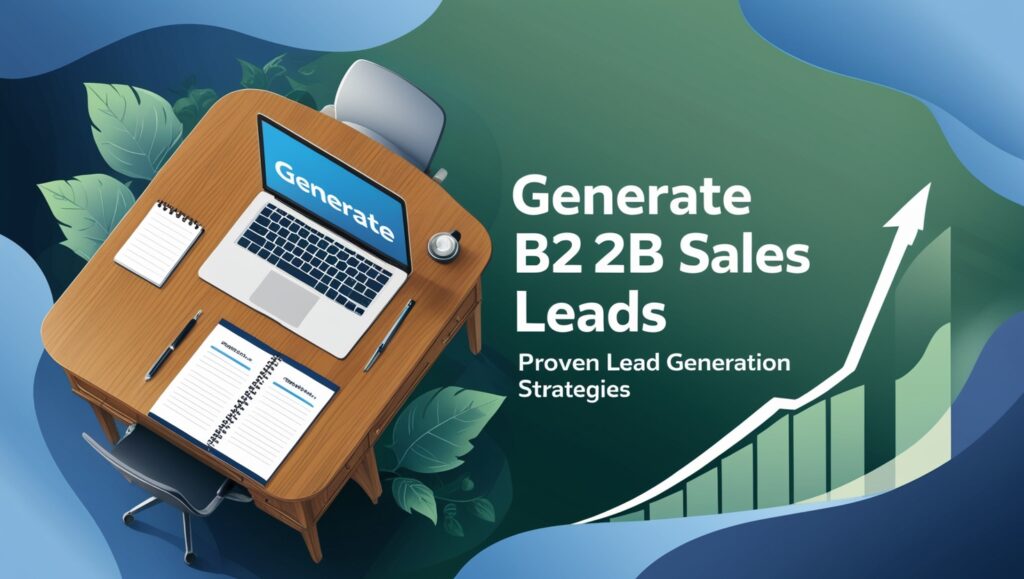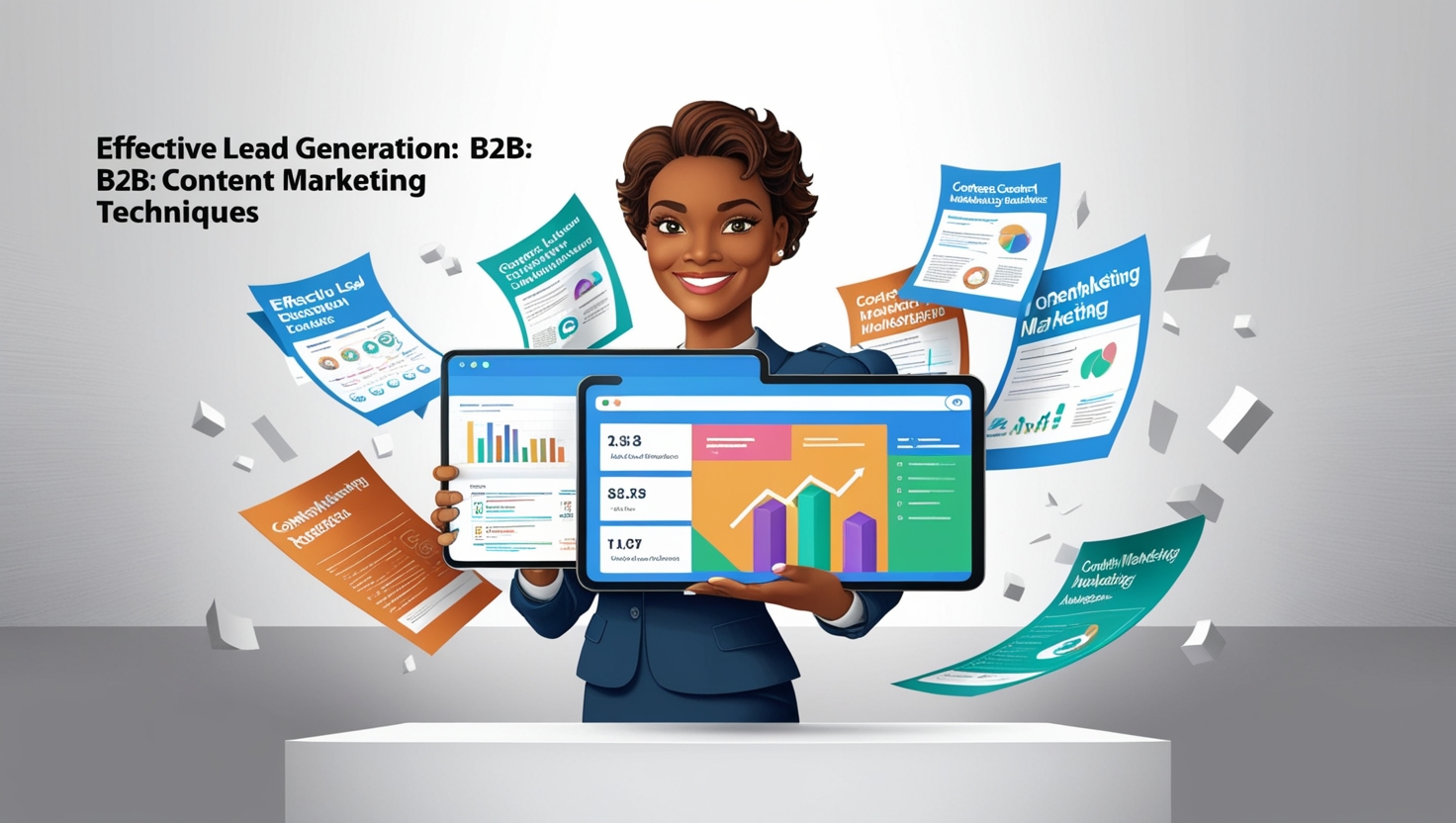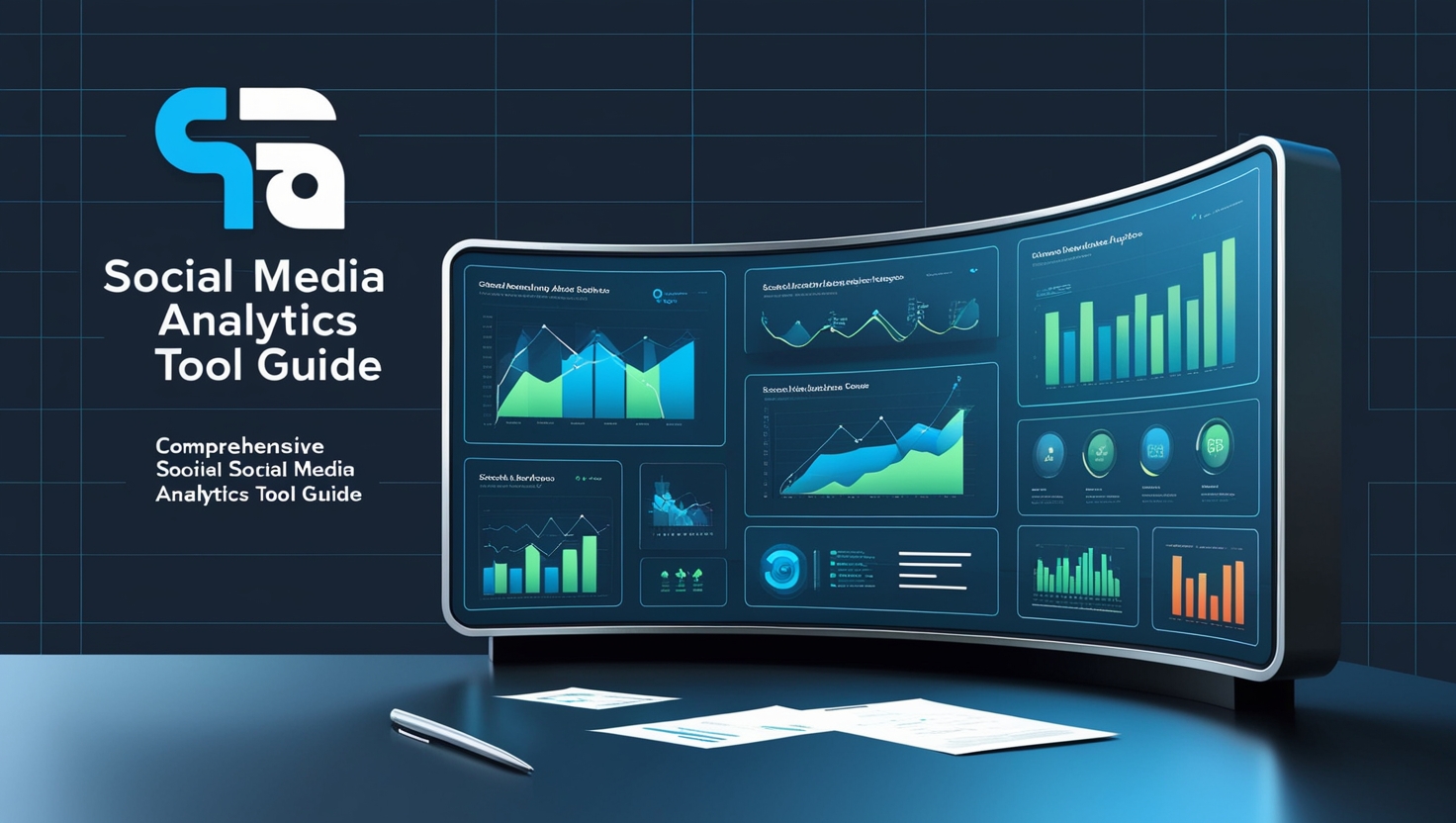Timing is key to successful Email Campaign Strategies. Research shows that sending emails on Tuesday and Thursday mornings, between 9 AM and 11 AM, boosts open and click rates. Understanding audience behavior helps Align Emails with moments when recipients are most receptive, driving higher engagement. Adapting to trends and analyzing performance data is essential to stay ahead in the evolving email landscape. By optimizing send times, marketers can maximize the impact of every campaign.
Understanding Email Engagement Metrics Email Campaigns
Understanding email engagement metrics is crucial for optimizing Email Campaign Strategies. Key metrics like open rates, click-through rates, and bounce rates help marketers refine campaigns, ensuring higher engagement. Tracking these insights allows for better audience targeting and improved performance over time.
Understanding Email Engagement Metrics
Email engagement metrics are crucial for assessing how well email campaigns perform. Tracking Open Rates, Click-Through Rates, and Conversion Rates provides valuable insights that help improve future campaigns and increase overall effectiveness.
Open Rates and Their Significance
- Open rates indicate the percentage of recipients who open an email. This metric is important because it reflects the effectiveness of subject lines and the timing of the email delivery. A high open rate suggests that recipients find the subject line engaging and relevant.
- To calculate the open rate, divide the number of emails opened by the total number of emails delivered, then multiply by 100. For example, if 200 out of 1,000 delivered emails are opened, the open rate is 20%.
- Factors such as the day and time the email is sent can significantly affect open rates. Many studies show that certain times, like Thursday mornings, are ideal for sending emails. Understanding open rates allows marketers to adjust their strategies for maximum engagement.
Click-Through Rates Explained
- Click-Through Rate (CTR) measures how many recipients clicked on a link within the email. This metric shows how effective the email content is at encouraging action. To find the CTR, divide the number of clicks by the number of delivered emails and multiply by 100.
- For instance, if there were 50 clicks from 1,000 emails delivered, the CTR would be 5%. A higher CTR typically indicates that the email’s content, design, and call-to-action were compelling.
- To improve CTR, marketers can use clear calls to action, engaging visuals, and personalized content. Testing different elements, like button colors or text styles, can also help find what resonates with the audience.
The Role of Conversion Rates
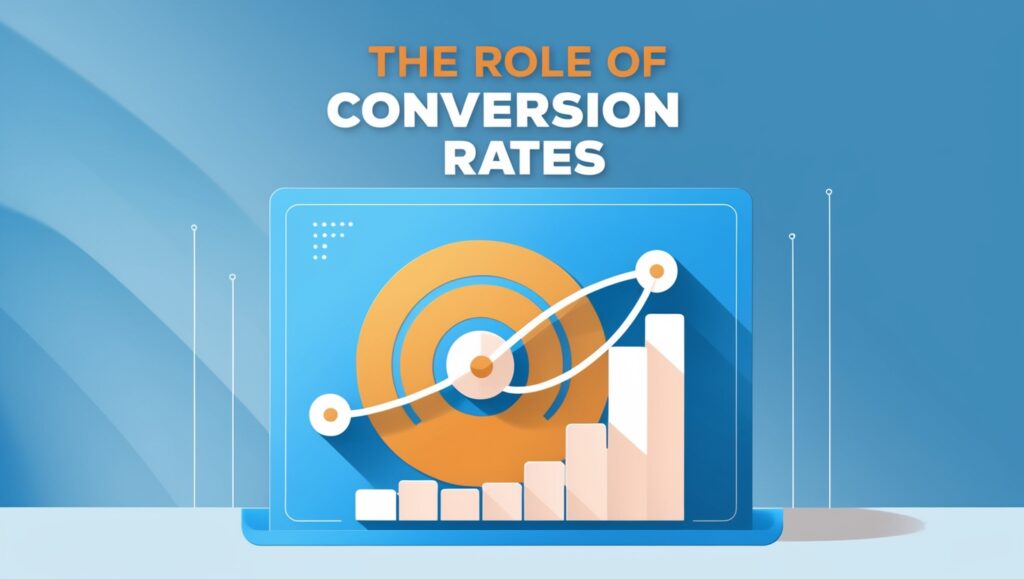
Conversion rates measure the percentage of email recipients who complete a desired action, like making a purchase or signing up for a newsletter. This metric is critical because it directly reflects the success of the email campaign in driving business goals.
To calculate the conversion rate, divide the number of conversions by the total number of emails delivered and multiply by 100. For example, if 25 conversions occur from 1,000 emails, the conversion rate is 2.5%.
High conversion rates suggest that the email has effectively persuaded recipients to take action. Effective targeting, persuasive content, and clear offers can significantly impact this metric. Understanding conversion rates allows marketers to refine their strategies for better results.
In Conclusion
Effective Email Campaign Strategies rely on timing, engaging content, and tracking key metrics like open, click-through, and conversion rates. By aligning emails with recipient behavior and analyzing performance data, marketers can continually improve campaigns. Personalized content, clear CTAs, and optimized send times ensure higher engagement and conversions. With the right strategies, email campaigns can drive meaningful actions, build customer loyalty, and boost business growth.

